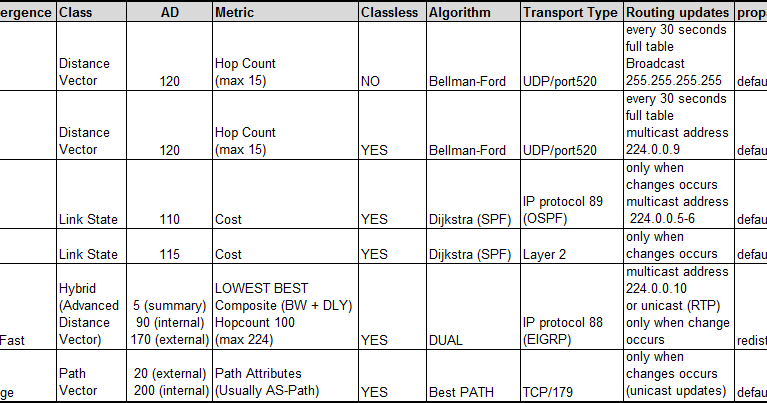

RIPv1 also interacts with the network by broadcasting its IP table to all routers connected with the network. The original version or RIPv1 helps you determine network paths based on the IP destination and the hop count journey.
#Manet routing protocols comparison in activetcl full#
The full form of RIP is the Routing Information Protocol. It also runs on the Application layer of the OSI model. RIP is used in both LAN and WAN Networks. The following are types of protocols which help data packets find their way across the Internet: Routing Information Protocol (RIP)
As the routing information are exchanged periodically, unnecessary traffic is generated, which consumes available bandwidth. This protocol always trusts route on routing information received from neighbor routers. Updates of the network are exchanged periodically, and it is always broadcast. In the Distance Vector routing protocol, when a route becomes unavailable, all routing tables need to be updated with new information. Routing protocols put an additional load on router CPU or RAM.ĭistance Vector Protocols advertise their routing table to every directly connected neighbor at specific time intervals using lots of bandwidths and slow converge. Updates are shared between routers, so it consumes bandwidth. It helps you to do load balancing between multiple links. It will be dynamically able to choose a different route in case if a link goes down. 
Easier to configure even on larger networks.These types of protocols also send out topology updates whenever the network changes’ topological structure. It helps routers to add information to their routing tables from connected routers automatically. Whenever link fails all the network goes down which is not feasible in small networks.ĭynamic routing protocols are another important type of routing protocol.
 Not an ideal option for large networks as it is time intensive. The administrator must know how each router is connected. Only the administrator is able to add routes. Static routing protocols are used when an administrator manually assigns the path from source to the destination network.
Not an ideal option for large networks as it is time intensive. The administrator must know how each router is connected. Only the administrator is able to add routes. Static routing protocols are used when an administrator manually assigns the path from source to the destination network.







 0 kommentar(er)
0 kommentar(er)
